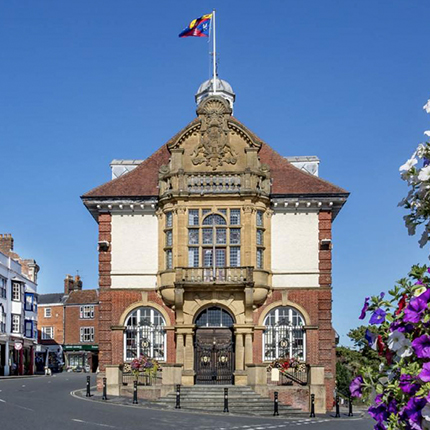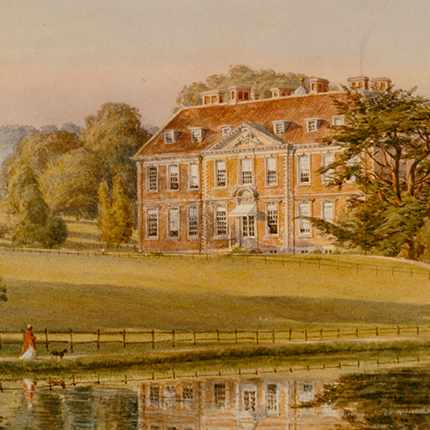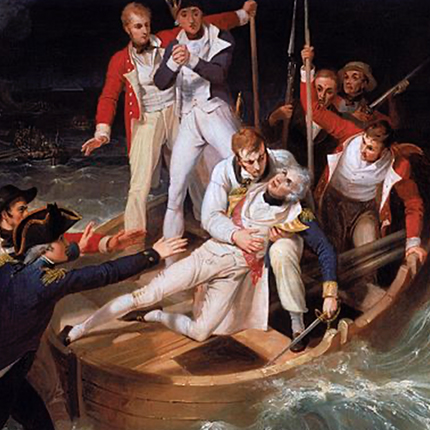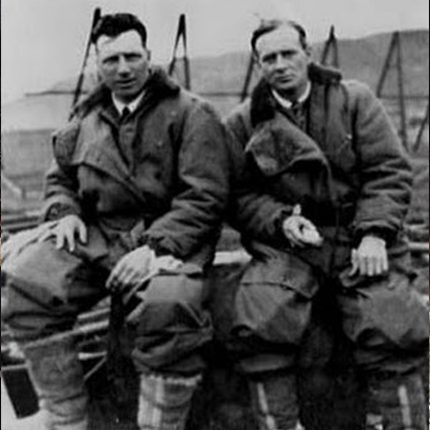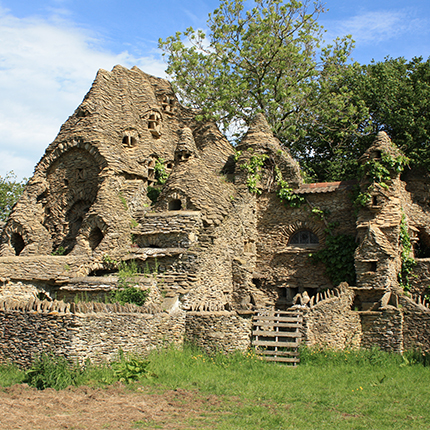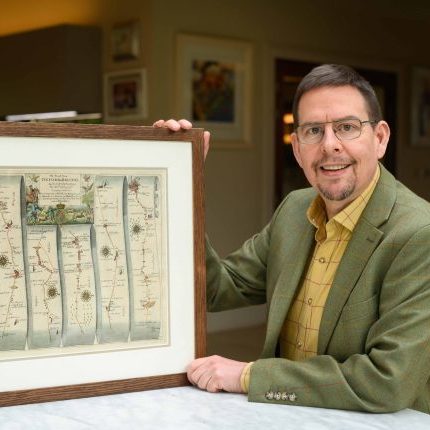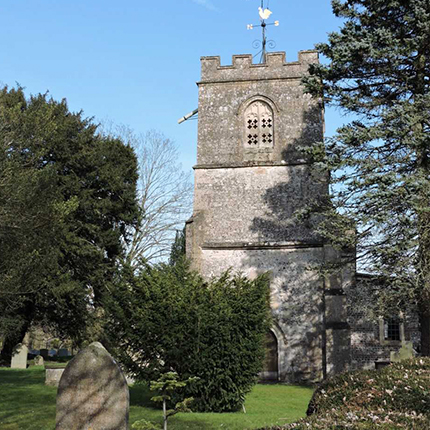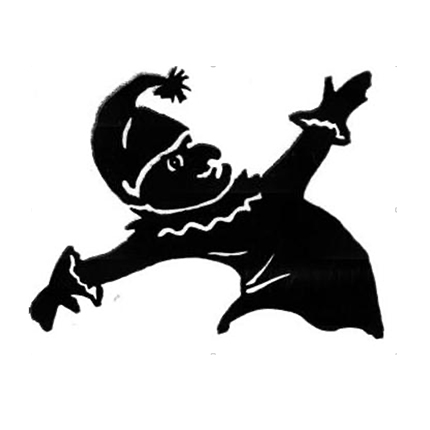15 Jan
Civic Splendour – The Story of Wiltshire’s Old Town Halls
TIME: 7:30 AM
TALK: The talk will focus on town halls, although talking about those brings in some references to market halls and police stations as well. It will cover the development of their design, using Wiltshire examples, then look more closely at Marlborough’s town hall and finish with a small number of towns where there is a particularly interesting story around the town hall.
SPEAKER: James Holden moved to Wiltshire on retirement in 2014 and it gave James the opportunity to pursue a long term interest in building history by writing on the subject for the Wiltshire Buildings Record.
A book on gate lodges, published in 2018, was followed by a comprehensive study of nonconformist chapels published in 2022. This aimed to fill a substantial gap in documenting the county’s buildings and the research revealed a rich and fascinating story. He has visited the Marlborough History Society to give very popular talks on each of these books. He now comes to talk about our town hall and others, which form a major part of his latest book – Civic Pride, The Public Buildings of Wiltshire Towns.
19 Feb
Ramsbury Manor – An Appreciation
TIME: 7:30 AM
TALK: Ramsbury Manor is one of Wiltshire’s greatest but least-known houses. Designed in the 17th century Caroline style by polymath genius Robert Hooke, its grounds were landscaped in the style of Capability Brown during the 18th century and it has remained largely unchanged since 1800.
In this talk, we will explore the architectural and social history of Ramsbury Manor which has been described by the eminent architectural historian Marcus Binney as “the most covetable of all English country houses and the one that many consider the most perfect in all England.”
SPEAKER: John Benson first visited Ramsbury Manor in the 1980s, has been captivated by it ever since and probably knows more about its history than anyone else. He’s a consultant to The Ramsbury Manor Foundation and a member of the Worshipful Company of Art Scholars.
19 Mar
The Impact of Surgery on History through the Ages
TIME: 7:30 PM
TALK: The talk will outline the history of surgery and how operations have altered history itself. It will start with Stone Age surgery, includes the development of anaesthesia and goes on to the treatment of bladder stones that plagued the seventeenth and eighteenth centuries across Europe, then to Lord Nelson and to a selection of more recent, royal illnesses and operations.
SPEAKER: Dick Glass has been a Consultant Surgeon, who trained in London, the USA and Birmingham. He was appointed to Swindon and Marlborough Health Care Trust in 1987.
16 Apr
An Aviator’s View of the Alcock and Brown Atlantic Crossing by Vickers Vimy
TIME: 7:30 PM
TALK: The talk will tell us about the preparations for this historic flight. It will examine the crossing with a keen aviator’s eye for details of what made this first direct oceanic crossing in June 1919 such an outstanding achievement.
SPEAKER: Cyril Mannion is a former RAF Hercules navigator, a Tornado pilot and Boeing 777 airliner captain. He speaks about the process of flying aeroplanes, specially adapted for non-technical audiences.
21 May
Architectural Follies of Wiltshire
TIME: 7:30 PM
TALK: The talk will take members on a fascinating tour of Wiltshire revealing the stories behind many architectural follies of the county which is replete with curious buildings in many styles – Chinese, Japanese, Indian, ultra-modern, pre-historic and constructions which resemble nothing at all.
SPEAKER: Jonathan Holt – In 2019, Jonathan published Wiltshire Follies with Amberley Publishing, the result of numerous explorations and substantial research. He is also the author of books on Dorset, Somerset, Gloucestershire and Bristol, a tour guide and Editor of Follies, the organ of the Folly Fellowship, a charity dedicated to their preservation and enjoyment. Please take a look at the charity website www.follies.org.uk. Continuing the folly theme, he has built a shell house in his garden in Bath.
17 Sep
The North Wessex Way
TIME: 7:30 PM
TALK: The talk is about the ancient but forgotten road from Oxford to Bristol running across the north of Wiltshire, that he discovered on a map from 1675. The route has its origins back in the Iron Age and was used by everyone in the millennia that followed: kings, armies, monks, travellers, and pilgrims. But in the 18th century, it suddenly fell into disuse due to some dodgy dealings and only now is its history and importance being recognised.
David will be covering: the geography that governed the route of the road, how it was used by the Romans, the role it played in the development of Malmesbury as a centre of religion for nearly a thousand years, the importance of Purton as a stopping off point along the route and why the church has both a spire and a tower.
SPEAKER: David Mitchell is an accidental historian who has always been interested in old maps. It was this passion that led to him uncovering the mystery of the North Wessex Way and started his gradual descent into the obsession of history!
15 Oct
“Do Not Miss This Historic Church…”
TIME: 7:30 PM
TALK: The mediaeval parish churches in and around Marlborough have a lot of charm and much historical and architectural interest. In this lecture we shall visit a selection of local churches, discover some of the chief features of these buildings and spot the different architectural styles that developed over the 500-year period of the Middle Ages.
SPEAKER: John Osborne taught Classical Languages and Ancient History at Marlborough College, where he was Senior Master, and ran a course at the College’s Summer School visiting and studying historic churches in this area. He runs similar tours for the Friends of Wiltshire Churches and is a volunteer guide at Salisbury Cathedral.
19 Nov
The History of Punch and Judy
TIME: 7:30 PM
TALK: Punch represents the common man fighting his small battles with life. The characters in the traditional show are just the ones that would have beset him 1760 -1830 when the story, as we know it today, was developed. However, his story is much older than that and goes back into the medieval ages.
The conception that he is a Victorian children’s entertainment is entirely misplaced, he actually represents the outlook of the Georgian man in the street, who had the money for the Punch man’s hat. This would have been the same in Marlborough as for those watching the show in London. In the last 60 seconds of the talk Punch arrives for children.
SPEAKER: Alix Booth has been a Professor of Punch and Judy for nearly fifty years and her interest in the history has continued throughout this time. Pelham Puppets will be only briefly mentioned, as marionettes are completely different from the slapstick humour of the glove puppet theatre.


